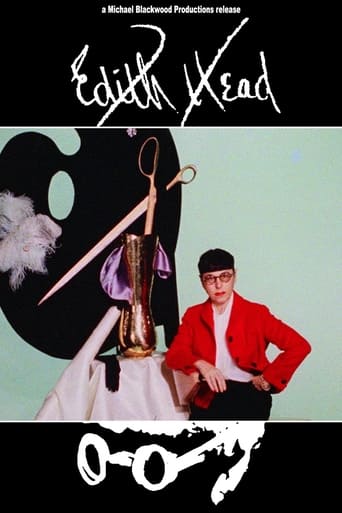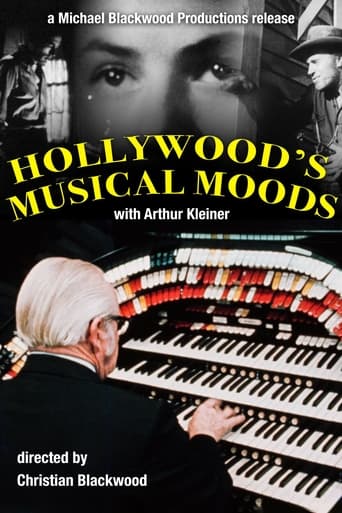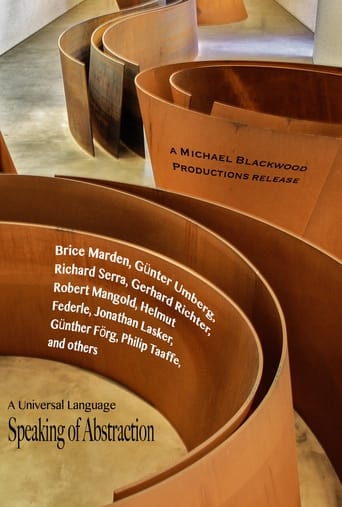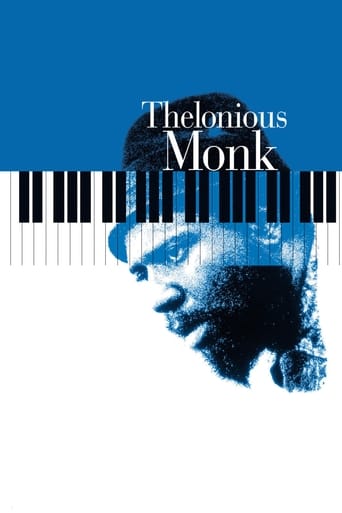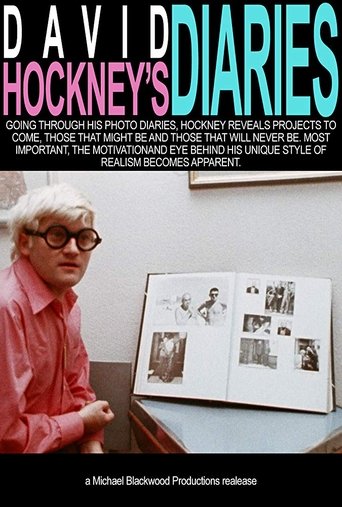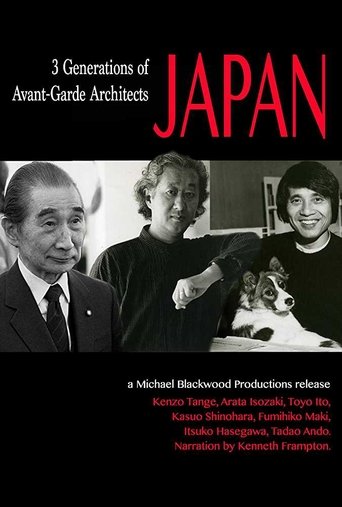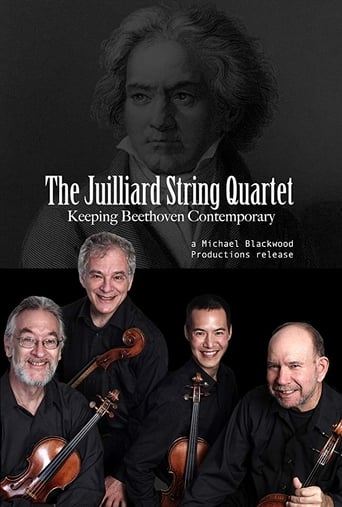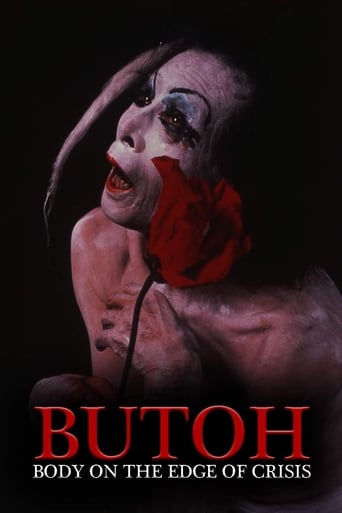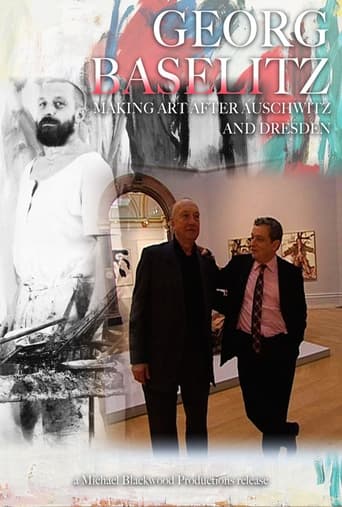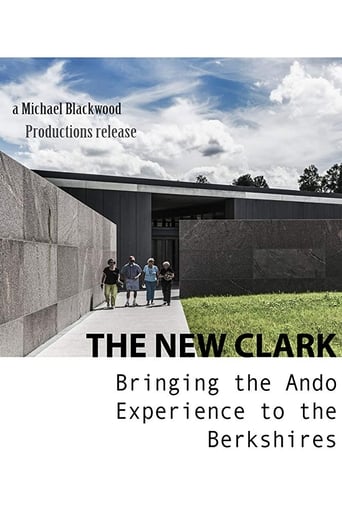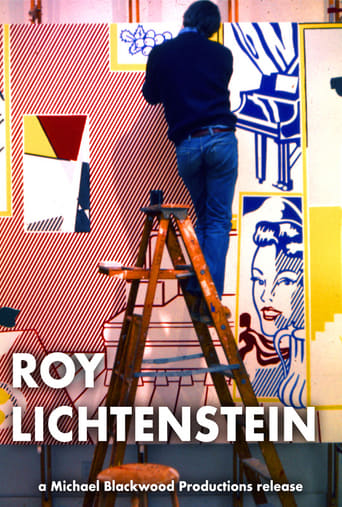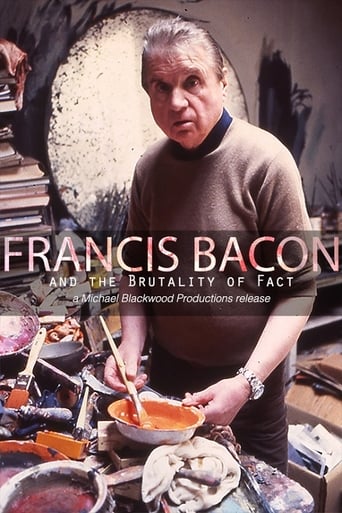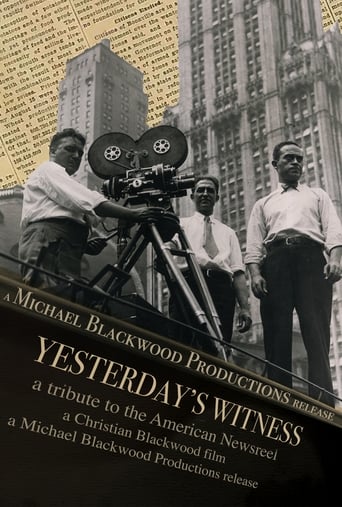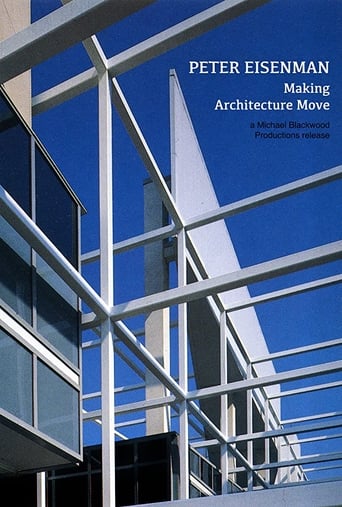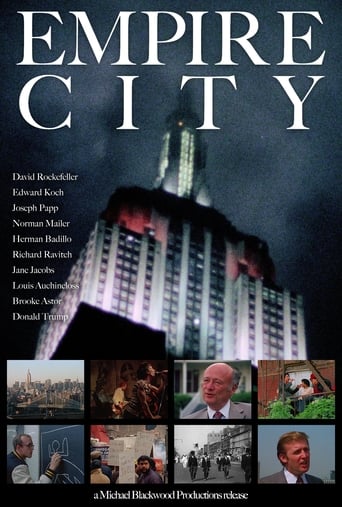Edith Head 1981
A light-hearted, toe-tapping portrait of the well-known 8 Oscar winning Hollywood costume designer filmed in her opulent house and garden. Edith Head presents some of her famous designs using glamorous models to impersonate Mae West, Barbara Stanwyck, Dorothy Lamour, Ginger Rogers, Audrey Hepburn, Elizabeth Taylor and Grace Kelly. They move to the music of the films for which she was the designer as Head recalls the times and places that served as inspiration for the famed looks.
